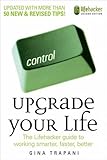Here are two great keyboard shortcuts in Firefox:
- To go right to the search box in the upper right, press command + k (on a Mac; I would assume control + k on a PC, although I’m not sure).
- To open those search results in a new tab, press alt + enter.
